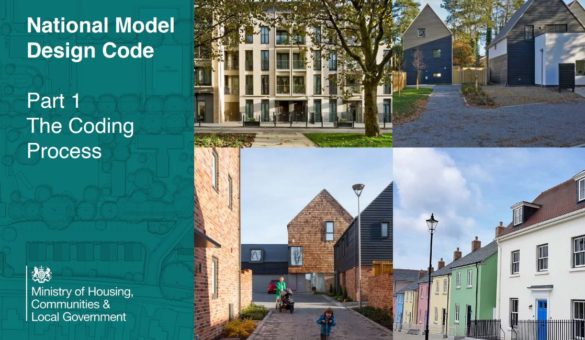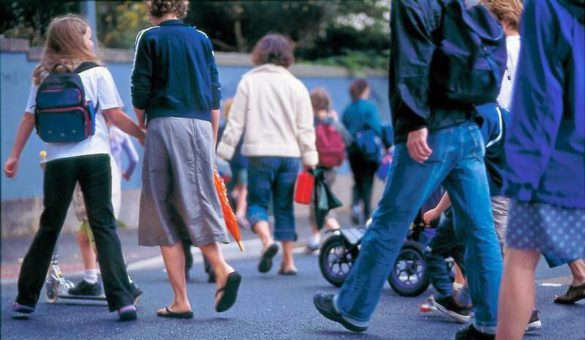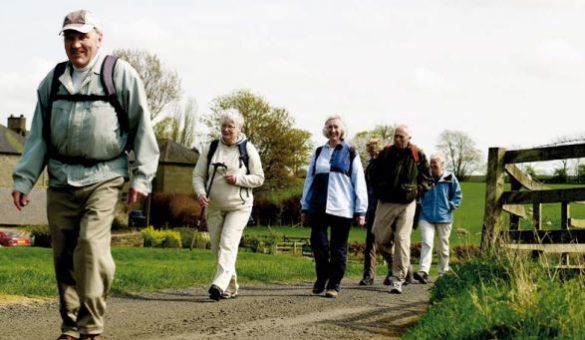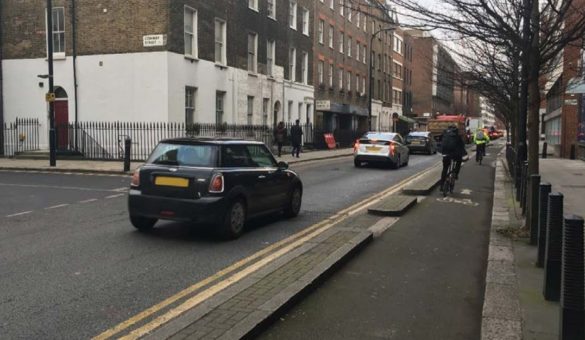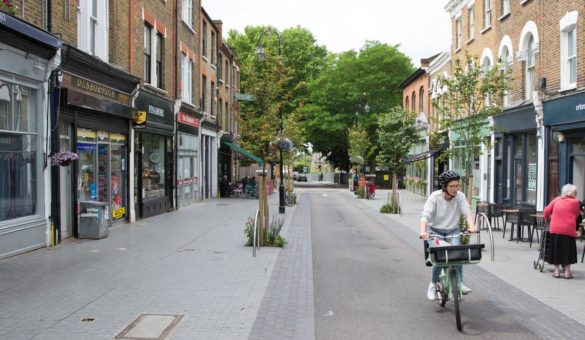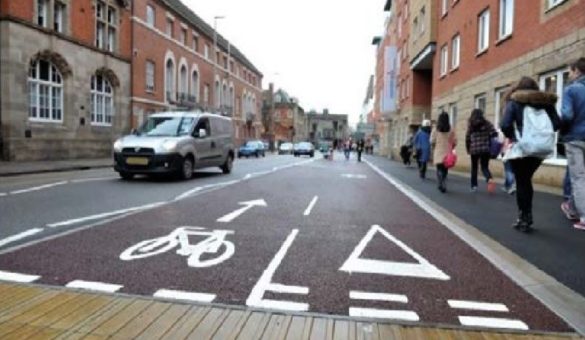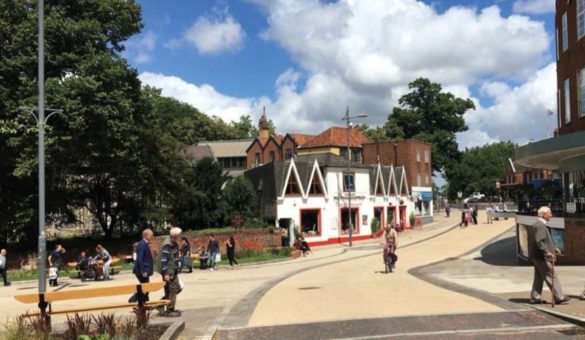Walking and cycling are good for our physical and mental health. Switching more journeys, especially short ones, to active travel will improve health, quality of life and the environment, and local productivity, while at the same time reducing costs to the public purse. These are substantial ‘win-wins’ that benefit individual people and the community as a whole. We want to encourage a greater variety of high quality cycling and walking infrastructure within in our local built environments from new housing developments, town centres, commuter routes parks and open spaces.
Streets and roads make up around three quarters of all public space. Their appearance and the way they function therefore have a significant impact on people’s lives. Well designed, accessible streets and paths can encourage people to walk or cycle more as part of their daily routines, leading to a healthier lifestyle.
Because the built environment is associated with how we travel, planners and policymakers have an opportunity to make changes in that environment to promote healthier and more active communities. This section provides access to key national guidance, evidence and studies that can support planners and developers in their choices and planning of cycling and walking infrastructure as part of new and existing developments
Use the filters to narrow down your search
Show more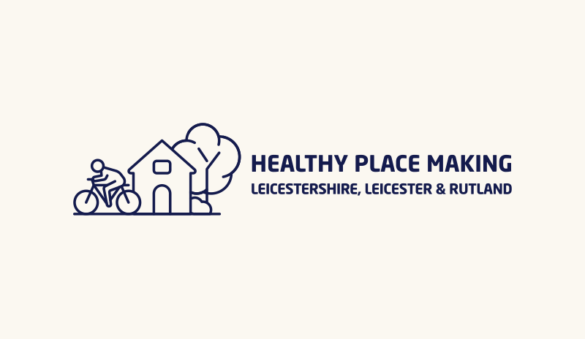
Active Design Guidance Sport England
Active Design is a combination of 10 principles that promote activity, health and stronger communities through the way we design and build our towns and cities. In partnership with Public Health England, Sport England have produced the Active Design Guidance which works as a step-by-step guide to implementing an active environment. This guidance builds on the original objectives of improving accessibility, enhancing amenity and increasing awareness, and sets out the 10 principles of Active Design.
Download about "Active Design Guidance Sport England" (PDF 15 MB)
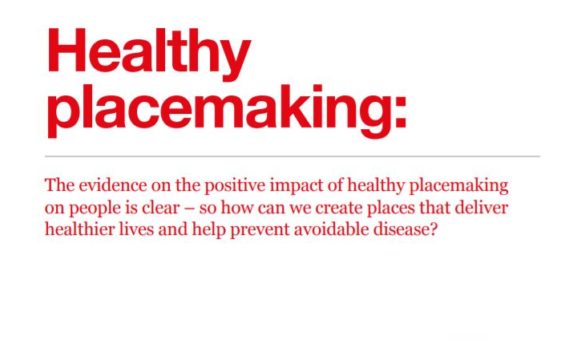
Design Council – Healthy Placemaking Report
This Design Council report is focused on healthy placemaking. It examines the barriers identified by people building and designing our communities to creating places where people are healthier and happier. Great design is changing the way we live and the places we live in, making lives better by building happier, healthier and safer environments. It can bring communities together and facilitate long term behaviour change, transforming our lifestyles for the better
Download about "Design Council – Healthy Placemaking Report" (PDF 721 KB)
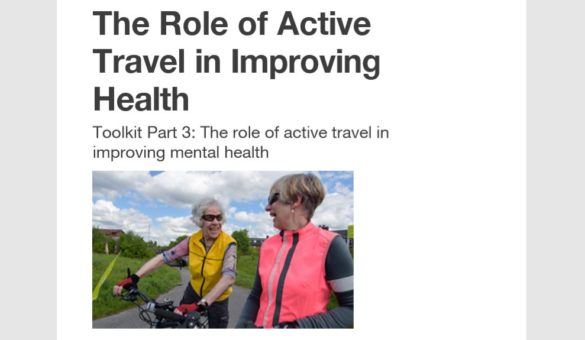
The role of active travel in Improving Mental Health Pt 3
This is the third part of the Active Travel toolkit on The Role of Active Travel in Improving Health
Download about "The role of active travel in Improving Mental Health Pt 3" (PDF 303 KB)
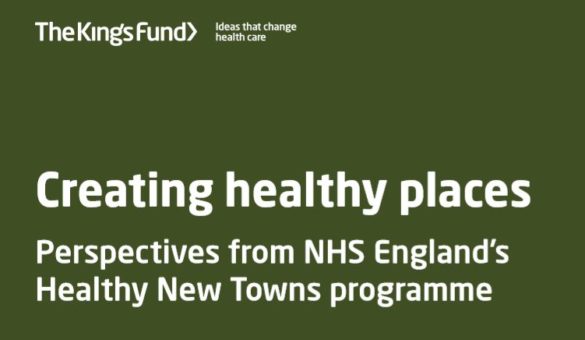
Creating healthy places Perspectives from NHS England’s Healthy New Towns programme
The places we live in and the communities we belong to affect our health in countless ways – sometimes very visibly, sometimes more subtly, but with a significant combined effect. A coherent approach to improving population health therefore needs to include a focus on places, neighbourhoods and communities as well as interventions aimed at individuals and at the whole population (Buck et al2018).
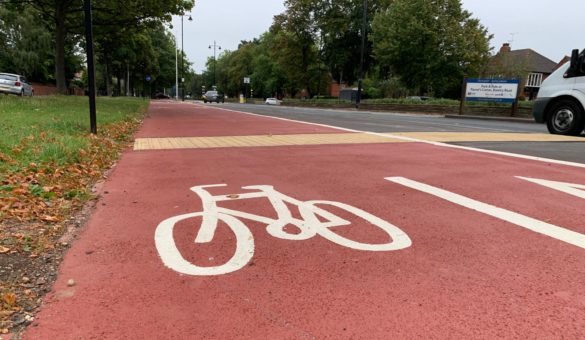
Active Travel Strategic Investment Tool Guidance
The primary purpose of the SUSTRANS Strategic Investment Tool (SIT) is to help local authorities and local enterprise partnerships develop large scale programmes of investments in active travel. Using evidence from the evaluations of a wide range of active travel interventions the SIT calculates the typical impact and cost of an investment programme consisting of a range of different intervention types.
Download about "Active Travel Strategic Investment Tool Guidance" (PDF 510 KB)
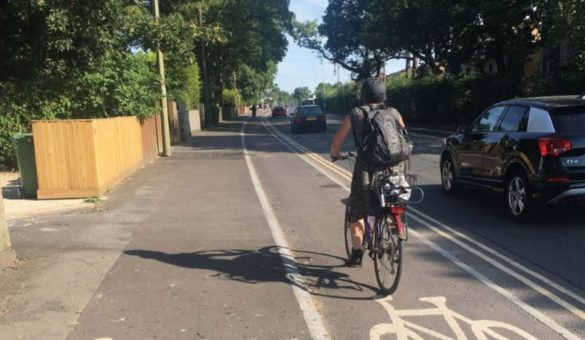
Active Travel and Economic Performance slides
A ‘What Works’ review of evidence from cycling and walking schemes published by Sustrans
Download about "Active Travel and Economic Performance slides" (PDF 460 KB)
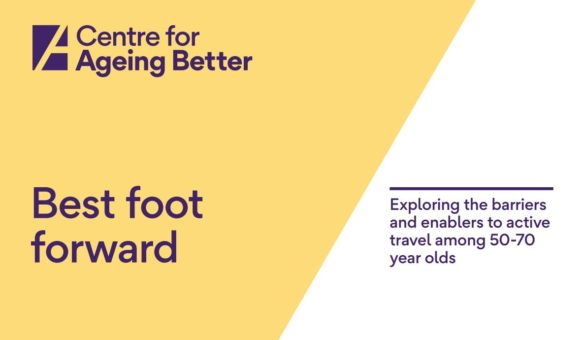
Exploring the Barriers and Enablers to Active Travel Among 50-70 Year Olds
This report summarises the findings of Ageing Better's work on active travel and, for the first time, sets out the factors that govern active travel behaviours in people aged 50 to 70.
Read more about "Exploring the Barriers and Enablers to Active Travel Among 50-70 Year Olds"

Design, Deliver Manage
This publication follows ‘Plan, assess and involve’ by presenting four principles for designing, delivering and managing healthy places. It describes how the 10 Healthy New Towns demonstrator sites have approached this process and what they’ve been able to achieve, representing five of the Healthy New Towns ‘Putting Health into Place’ principles:
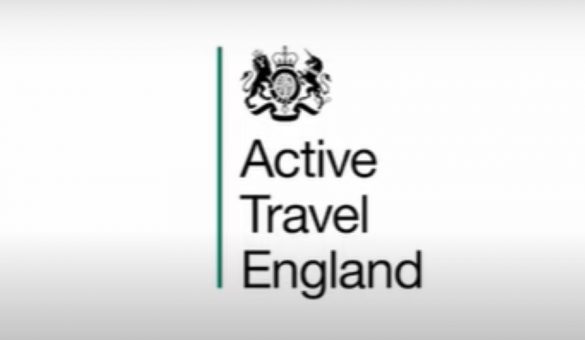
Active Travel England Planning and Toolkit Tutorial
The planning application assessment toolkit helps to gather evidence and assess the active travel merits – walking, wheeling and cycling – of a development proposal. It should be used by local authority planning and transport officers in conjunction with the applicant.
Read more about "Active Travel England Planning and Toolkit Tutorial"
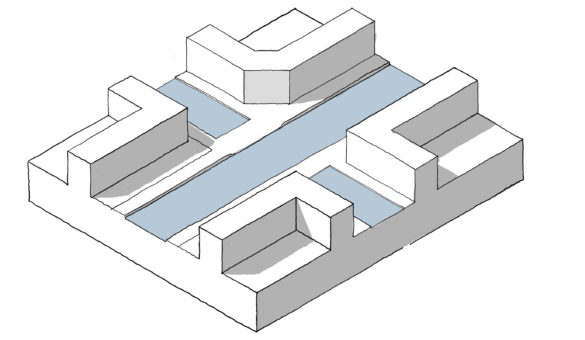
Healthy Place Making and the National Model Design Code: Junctions and Crossings
Our National Model Design Code series focuses on content within the National Model Design Code, specifically centring on its illustrations (all provided with thanks and credit to Department for Levelling...
Read more about "Healthy Place Making and the National Model Design Code: Junctions and Crossings"
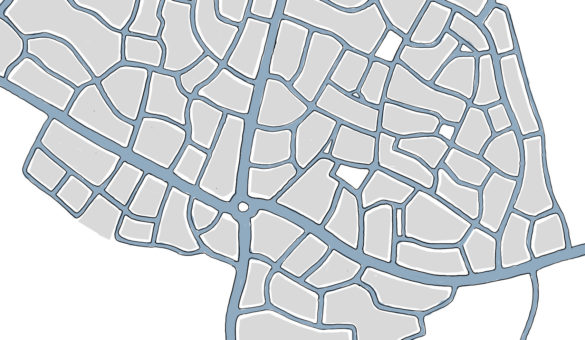
Healthy Place Making and the National Model Design Code: Spot the Difference – Masterplanning to Support Connectivity
Our National Model Design Code series focuses on content within the National Model Design Code, specifically centring on its illustrations (all provided with thanks and credit to Department for Levelling...
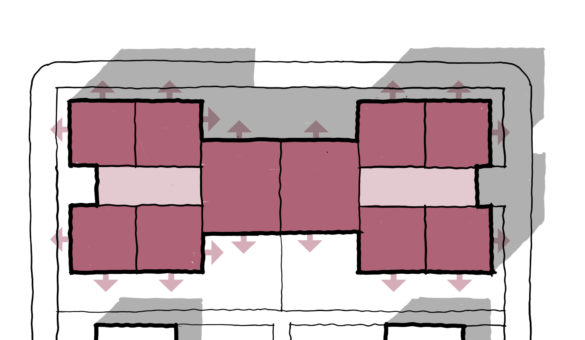
Healthy Place Making and the National Model Design Code: Aspects and Health & Wellbeing
Our National Model Design Code series focuses on content within the National Model Design Code, specifically centring on its illustrations (all provided with thanks and credit to Department for Levelling...
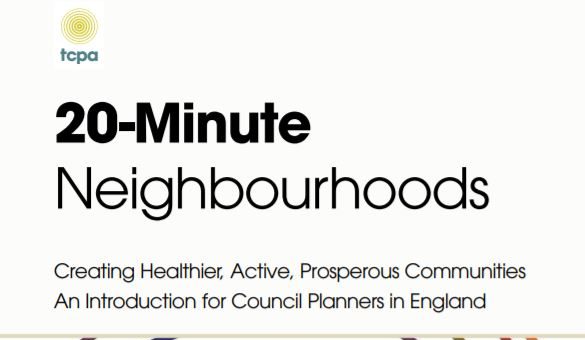
The 20-Minute Neighbourhood (TCPA)
Around the world there is growing interest in creating places in which most of people's daily needs can be met within a short walk or cycle. The benefits of this approach are multiple: people become more active, improving their mental and physical health; traffic is reduced, and air quality improved; local shops and businesses thrive; and people see more of their neighbours, strengthening community bonds.
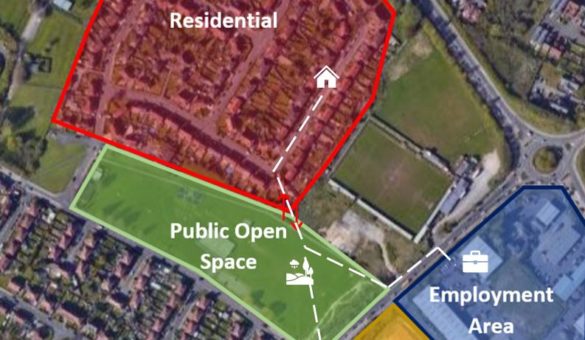
Creating Attractive and Effective Connections (Part Two)
This case study expands upon Creating Attractive and Effective Connections (Part One) by looking at an additional example of how to consider the quality and potential impact of connections across...
Read more about "Creating Attractive and Effective Connections (Part Two)"
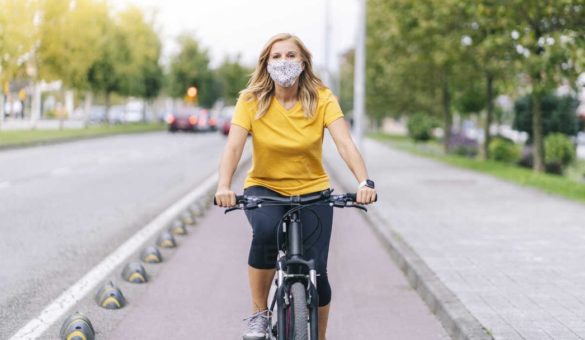
Improving Air Quality Walking Cycling
This is the second part of the Active Travel toolkit on The Role of Active Travel in Improving Health The Active Travel toolkits aim to help LEPs and their local delivery partners to: 1 Develop your business case for investment in walking and cycling schemes. 2 Link walking and cycling schemes to your strategic economic growth priorities, housing growth and planning, and public health. 3 Support the planning and delivery of walking and cycling schemes in your local area.
Download about "Improving Air Quality Walking Cycling" (PDF 450 KB)
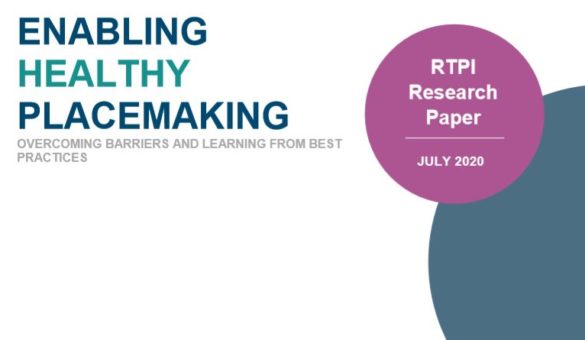
RTPI Enabling-Healthy-Placemaking Research Paper
This RTPI research paper explores local, national and international planning practices enabling the creation and delivery of healthy places.
Download about "RTPI Enabling-Healthy-Placemaking Research Paper" (PDF 951 KB)
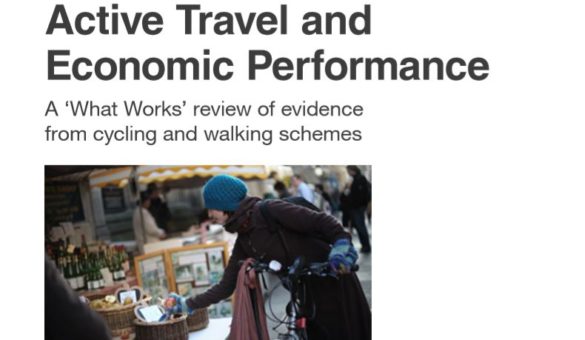
Active Travel and Economic Performance SUSTRANS
Active Travel and Economic Performance A ‘What Works’ review of evidence from cycling and walking schemes
Download about "Active Travel and Economic Performance SUSTRANS" (PDF 543 KB)
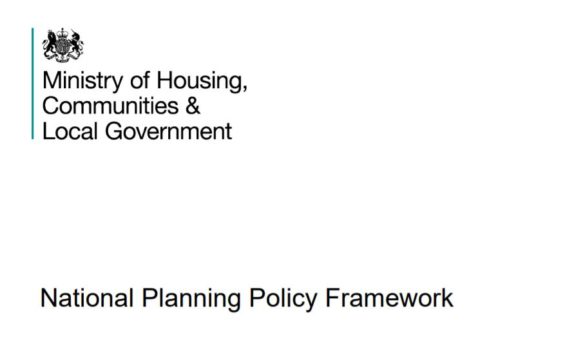
National Planning Policy Framework (2021)
The National Planning Policy Framework sets out the Government’s planning policies for England and how these should be applied. It provides a framework within which locally-prepared plans for housing and other development can be produced.
Download about "National Planning Policy Framework (2021)" (PDF 536 KB)
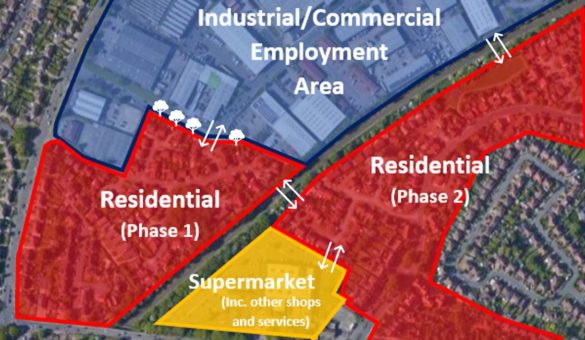
Creating Attractive and Effective Connections (Part One)
Walkable communities provide an opportunity to encourage active travel – whether that be walking, cycling or scooting – by connecting a range key places (such as homes, shops, schools, workplaces...
Read more about "Creating Attractive and Effective Connections (Part One)"
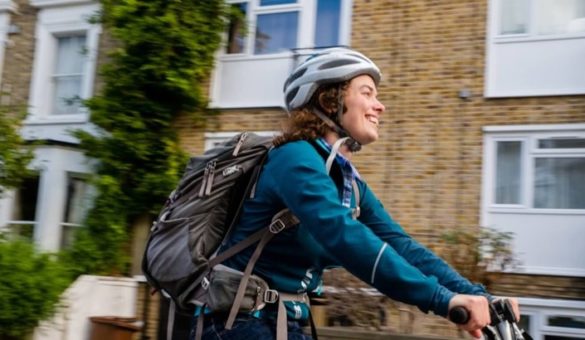
Linking active travel and public transport to housing growth and planning
We present how spatial planning can help us to integrate planning and transport policy and practice, potential and benefits of prioritising active travel and public transport, practical approaches to integrating housing growth with walking, cycling and public transport and funding mechanisms.
Read more about "Linking active travel and public transport to housing growth and planning"
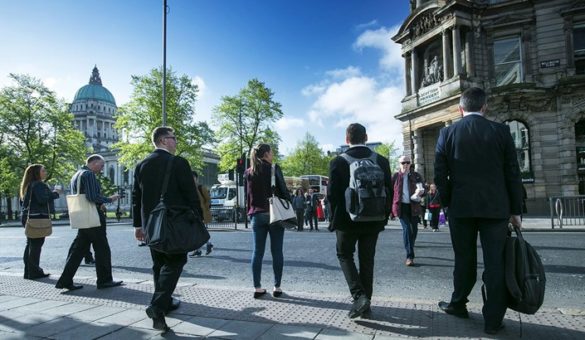
Active Travel Toolkit – The role of active travel in improving health
Walking and cycling are the most effective ways to promote routine physical activity. In general terms fitter, healthier employees benefit their employer.
Read more about "Active Travel Toolkit – The role of active travel in improving health"

Active Travel Toolkit – Making the economic case for active travel
There is strong evidence that walking and cycling can play a very significant role in optimising the contribution of transport to economic performance.
Read more about "Active Travel Toolkit – Making the economic case for active travel"
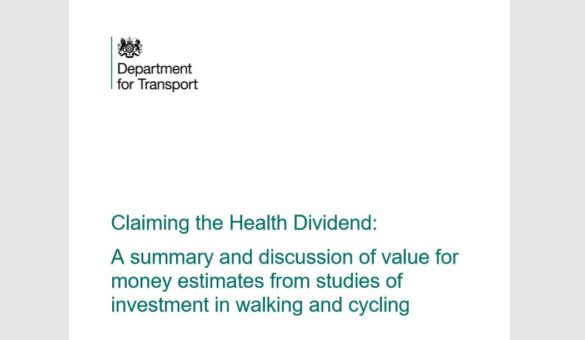
Claiming the Health Dividend: A summary and discussion of value for money estimates from studies of investment in walking and cycling
In 2010 a desktop review of the literature addressing economic assessments of walking and cycling was published by the South West Regional Office of the Department of Health with an endorsement by the then regional office of the Department for Transport.
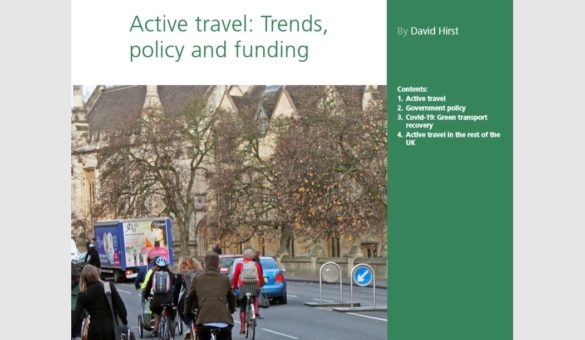
Active travel: Trends, policy and funding
Active travel means making journeys by physically active means, like walking or cycling. The Cycling and Walking Investment Strategy, published in 2017, is the Government’s strategy to promote walking and cycling in England. Given active travel is a devolved policy area, this briefing relates primarily to active travel policies in England
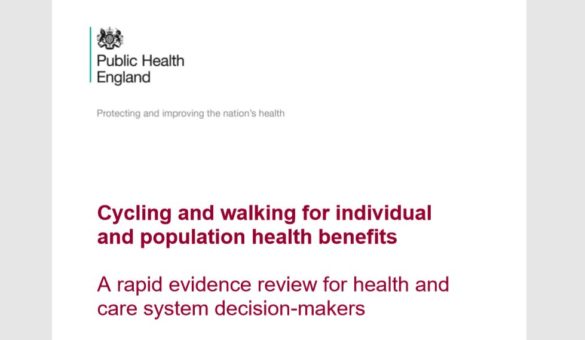
Cycling and walking for individual and population health benefits
Regular physical activity benefits long-term health, including mental health, and helps to prevent over 20 common health conditions. The UK Chief Medical Officers’ guidance for adults includes 150 minutes of moderate intensity activity a week, and that the easiest way to achieve this is through daily activity such as walking and cycling.
Read more about "Cycling and walking for individual and population health benefits"
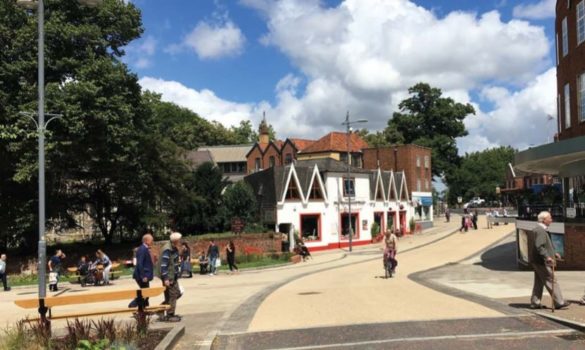
Introduction to Active Travel: for Health, the Environment and the Economy
Walking and cycling have clear benefits to both our physical and mental health. By increasing levels of active travel there are clear opportunities to improve health, people’s quality of life and deliver a positive environmental impact. There are also economic drivers to boosting active travel.
Read more about "Introduction to Active Travel: for Health, the Environment and the Economy"

